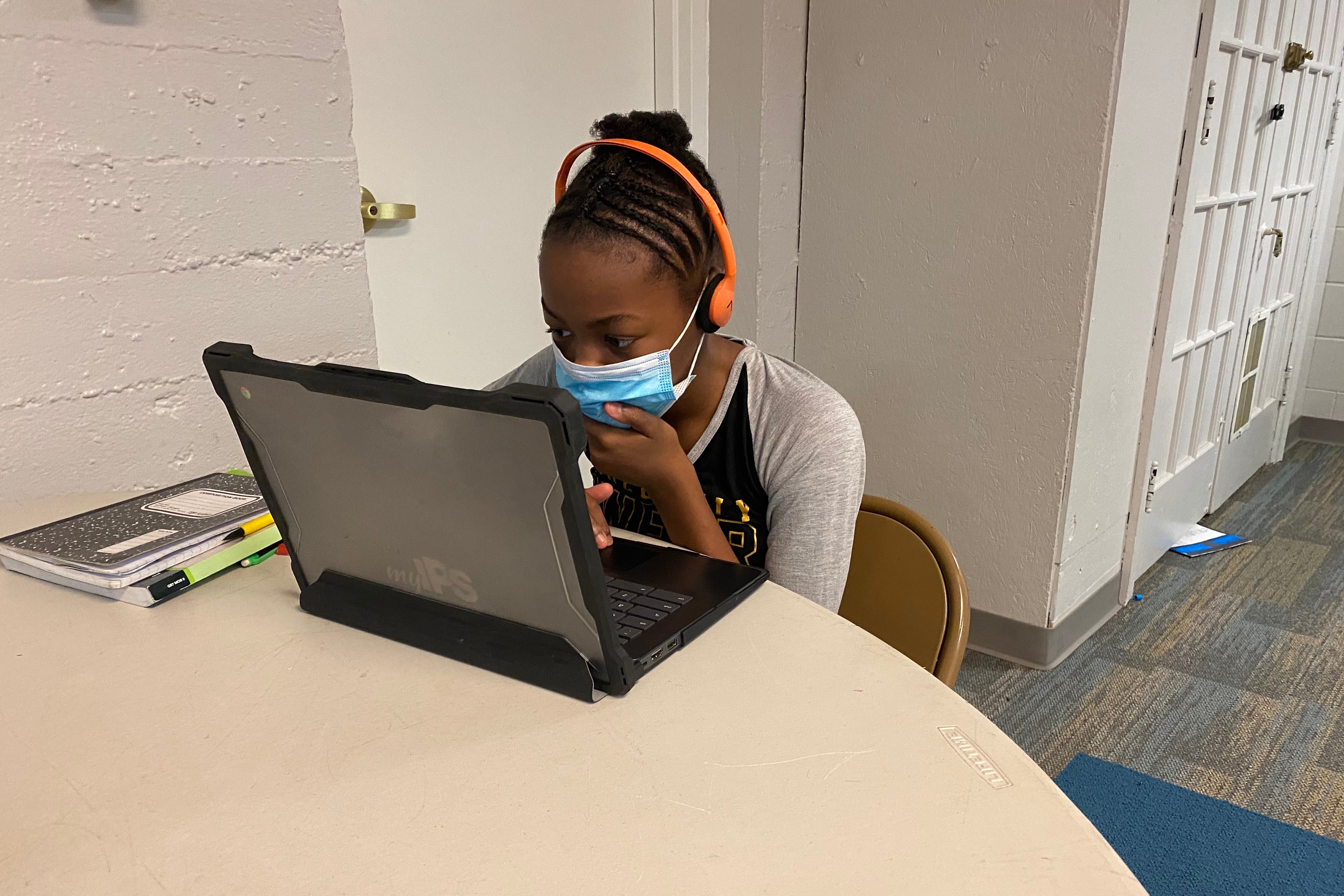As school leaders across the nation wrestle with whether to provide remote options for students due to the COVID-19 pandemic, some Indianapolis school district officials are heeding the call from parents to offer more choices.
Their incentive? They don’t want to lose students, and state funding that comes along with them, to other schools.
Four Indianapolis school districts — Pike, Warren, and Lawrence townships, as well as Speedway — have confirmed that they will offer a remote option for students in the fall.
Perry Township officials, in a statement touting the superiority of in-person schooling, said they will not offer their students an online option.
Wayne Township will expand its Achieve Virtual Education Academy to include K-8 students.
The rest of the districts, including Indianapolis Public Schools, have not finalized instruction plans for the 2021-22 school year.
Pike Township’s Flora Reichanadter, who leads a predominantly Black and Latino district where 35% of its students are taking remote classes, attributes families’ concerns about returning to classrooms to the disproportionate harm the pandemic has had on those communities. According to a districtwide survey, 41% of Spanish-speaking parents said they wanted a remote option.
“We thought maybe we would get less concern, but you know, it really didn’t happen that way,” Reichanadter said, noting lower reported COVID-19 positivity rates and vaccine eligibility for students 12 years and older. So her district wants to afford parents more time to get comfortable with the idea of face-to-face learning again.
“Without that offering, we would potentially lose students who are enrolled with us,” she said.
Pike received 3,281 completed surveys from late February to early April from parents and guardians about preferences for the fall. About 31% of families said they would consider a virtual option.
For elementary students, that will include live daily instruction, while middle and high school students will follow a digital curriculum called Edmentum on their own. They will not be able to take Advanced Placement, International Baccalaureate, or career and technical classes remotely.
Warren Township will offer live instruction for elementary and middle school virtual learners. High school instruction will be through Edmentum, with routine in-person meetings with a teacher.
Lawrence Township will offer three options: all in-person instruction, all live remote instruction, and hybrid instruction.
For some parents, the choice is not difficult.
Warren Township parent Cindy Roton doesn’t want to risk the health of her family. Her eighth grader, ninth grader, and adult student have been learning virtually this school year. She worries about the unknowns of vaccinations and COVID-19.
Her 15-year-old has neurofibromatosis, some of her children have asthma, and her mother-in-law has chronic obstructive pulmonary disease.
“We’re not willing to risk anyone’s health,” Roton said.
“My husband and I were debating if we wanted our kids to go back,” she added. “I just don’t think I’m ready. I just feel that if something were to happen to my kids, I don’t think I could handle it.”
Warren Township Superintendent Tim Hanson said the district hopes to continue to provide a long-term remote option for high school students, even after the pandemic, for two main reasons: students learn differently and officials want to keep them in the district.
“Some students are able to self-direct into those lessons and can move at their own pace,” Hanson said. “It just provides another pathway for our students.”
But as of May 7, fewer than 400 students had signed up for remote learning in the fall, even though the district’s capacity is 2,000 students, Hanson said. His team is reviewing staffing, curriculum, and device needs for students who signed up.
Budgeting for remote learning is difficult, especially since the state will revert to granting schools only 85% of normal per-pupil funding for remote students in the 2021-22 school year. During the pandemic, the state underwrote in-person and remote students at the same rate.
In the short term Warren Township will use federal stimulus funds to cover costs.
Of the 11 school districts in Indianapolis, only Perry Township has declined to offer broad remote learning next school year. Despite having 2,600 students currently learning remotely, district officials said they will require their students to return to face-to-face learning in the fall.
Keesha Hughes, Perry’s marketing and communications director, said the district will provide its usual accommodations if a student is immunocompromised or has some other reason to not be in school.
“In-person instruction allows educators to look for cues that the child truly understands the content, especially among students who are learning to speak English,” Hughes said in a statement. The district has a high proportion of English learners. “In-person learning also allows teachers to generate more engagement and enthusiasm.”






